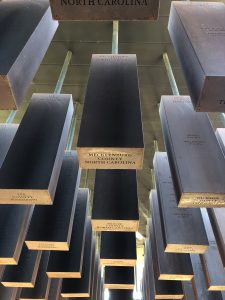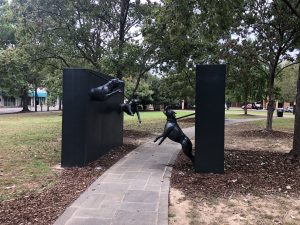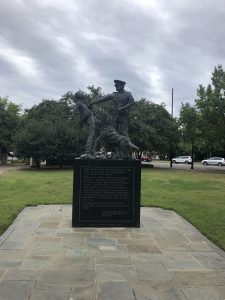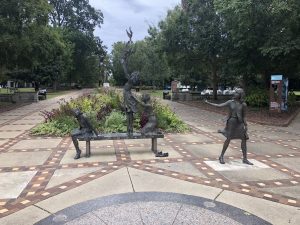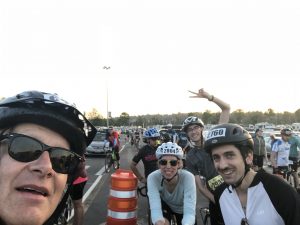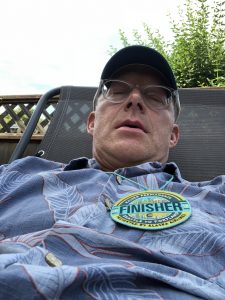I took my first overt political action on my 8th birthday. My father had come to visit us in NYC. As the birthday boy, I got to choose the movie we would go see that night and I chose a documentary on Vietnam. I usually feel like I have fought the good fight, certainly more than most white folks. I was a leading voice against U.S intervention in Central America in the 1980s and organized perhaps the most significant action across the country at the time. I was arrested on multiple occasions for engaging in civil disobedience. I have spent much of the past twenty years of my professional life providing assistance to Indian Country, leading progressive organizations here in the PNW, serving on boards of important justice organizations.
AND, I also know that I did not put my life on hold as society continued to keep its metaphorical (and not so metaphorical) knee on the metaphorical (and not so metaphorical) neck of people of color. And so as I have reflected on this moment in history, I have felt extraordinarily conflicted and, for probably the first time in my life, guilty for not having done more – for not having put my life on hold while my brothers and sisters cannot breathe. Because isn’t that too a form a white privilege, i.e., not putting my life on hold while my brothers and sisters of color are in a literal and figurative chokehold?
My good friend, Joshua Lazerson, with whom I did some good organizing work back at Northwestern University in 1983/84, has penned a terrific essay that offers me some hope that maybe, just maybe, this time it will be different, that for the first time, the words activists and intellectuals have used to describe and decry the systemic racism of our society are available to and being used by large sections of white society. This is different. And this is hopeful. To read Words Matter, click here.

